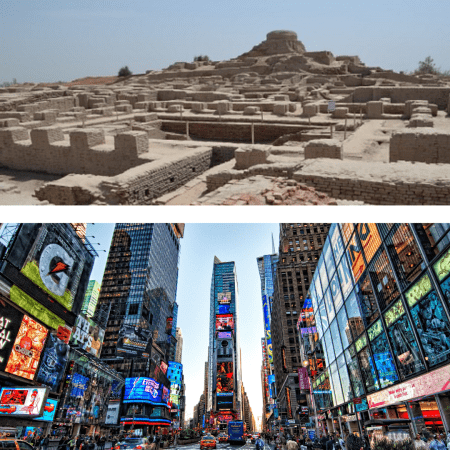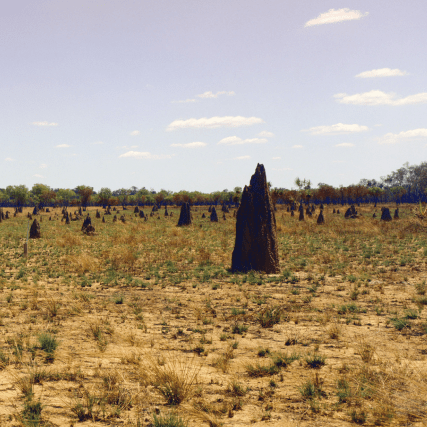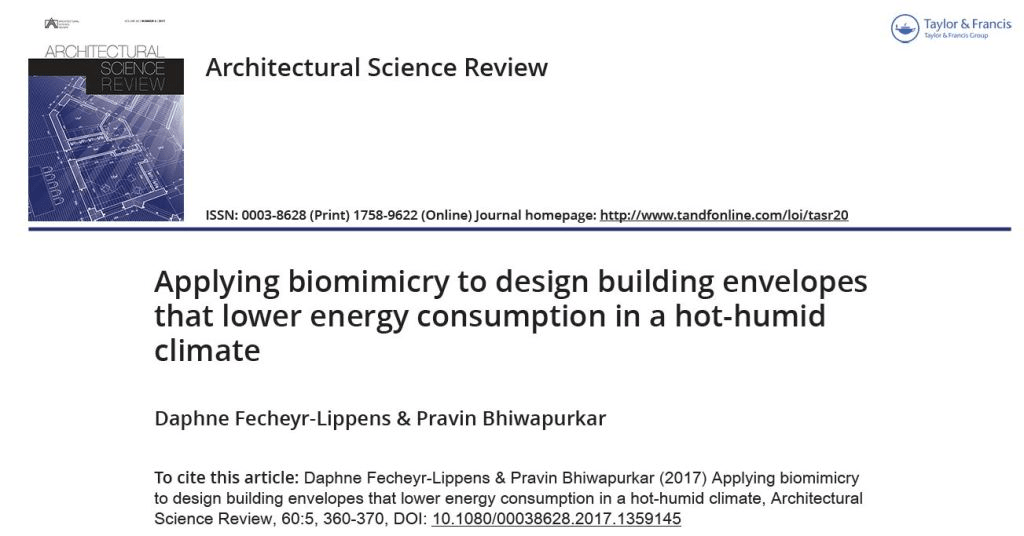An Inspirational Tale from the world of Biology
Architecture. Of its many definitions, one reads; A unifying and coherent form of structure.
Over the many years that mankind has inhabited this planet, it has organized itself into cultures, societies and ultimately, civilizations. And the benchmark for assessing the progress of civilization has always been its architecture. But why are we talking about that in an article that’s supposed to be about environmental awareness? We’ll revert to our definition. Architecture does not simply refer to the building.. well, buildings. Nature’s ingenuity lies in the “architecture” of its ecosystems and its many macro- and micro-climates. And with it, the architecture of the many living forms that inhabit this planet. In this article, we’ll be talking about some amazing “natural” wonders, and seek inspiration from them to build ourselves a better world. Let’s go!
Architecture: Then and Now
Imagine walking down a street in Mohenjo-Daro, 4500 years back. The climate is hot and arid, and yet you feel a cool breeze blowing over your face. You look around and see high-walled buildings with no cooling and ventilation system in place. Even windows are few and far, and you wonder how people beat the heat in this place!
Cut to today. Can we even imagine a world without air conditioners and coolers? A very difficult perspective. And yet, the people of ancient civilizations lived so harmoniously without any of these machines. How’d they done it? It all comes down to the power of architecture. The high-walled buildings were meant to provide efficient cooling and shade on the streets. These ancient structures were built of baked bricks, and their light shade helped in reflecting most of the sunlight, thus considerably bringing the temperature down. We can now clearly understand why this civilization flourished so well.

But is there something that can top the ingenuity of the Harappan and Mohenjo-Daro architecture? Indeed, yes! It is a structure we come across every time we go road-tripping in an arid region: a termite mound!
A Bug’s Life
Termite mounds are engineering marvels. These structures are capable of sustaining wind, water and flame, and growing tall still! The average height of a “regular”- sized termite mound ranges up to 17 feet (5-ish meters). Extensive research is still being carried out on how these tiny insects are able to build something so marvellous, which is impossible for humans to ever top without the use of complicated machines and tools. It is worth noting here that one mound is capable of holding up to 2 million termites!

The real ingenuity, however, comes from the way these termites are able to ventilate these humungous structures. Research conducted shows a very complicated and intricate structure of a typical mound, with numerous internal shafts and galleries present, intersecting each other. Apparently, these help in regulating the internal climate of the mound through a simple cycle of wind circulation. Additionally, the termites create a large number of pores on the outer surface of the mounds, to aid in this process.
Biomimicry: The Future of Sustainability
In 1996, architect Mick Pearce was handed the difficult task of designing a retail and office centre in Zimbabwe. Sweltering temperatures, combined with soaring HVAC (Heating Ventilation Air Conditioning) costs, posed as serious challenges in front of Mick. One fine day, he came across our Marvelous Mounds (let’s call them that, they deserve it!). During this time-period, preliminary research was still ongoing on the exact mechanism of ventilation in termite mounds. However, Mick closely observed that the porous surface of these structures imparts them the unique property of temperature regulation in extreme weather conditions. And thus, taking a leaf out of their notebook, he proposed a design for the building emulating the “metaphorical model” of the termite mounds. And was it a success! Today, Eastgate Centre, Harare, Zimbabwe stands tall amongst many other ‘glass boxes’ for its unique architecture and sustainable approach towards conserving energy. To be precise, this building saves almost 65% of the energy which is generally required for cooling and ventilating other such buildings.

What Mick Pearce did, is now commonly referred to as “Biomimicry” or “Biomimetics“. It refers to the emulation of models, elements and systems of nature to address and resolve human problems. Why do we call it the future of sustainability though? It is because of its vast scope and applicability in almost all fields of science, technology, architecture, management and so on. Like the Eastgate Centre, many other architectural “forms” are now emerging which take inspiration from nature and try reducing their overall carbon footprint. Similarly, there are many other notable examples of biomimicry saving the day in terms of inspiring innovative solutions to the ever-growing challenge of climate change. One such example is presented by Pravin Bhiwapurkar, a professor at the Department of Architecture, University of Cincinnati.
The Other Hercules
In 2017, Pravin Bhiwapurkar, along with Daphne-Fecheyr Lippens, a faculty at the Department of Biology, University of Akron, conducted a study on what they termed as “building envelopes”. In this study, they first studied two model organisms: the African reed frog (H. viridiflavus nitidulus) and the Hercules beetle (Dynastes hercules), for their abilities to survive under extreme climatic conditions. In both cases, these animals modulate their skin colour and moisture levels, respectively, in response to varying degrees of temperatures and sunlight, with the help of certain physiological adaptations. These adaptations help them play peek-a-boo with the sun, and thus they end up conserving energy, which otherwise would have been spent on regulating their internal body temperature.

From these animals, the researchers derived a novel model of adaptive or enveloped buildings. They simulated an ‘adaptive’ response in a normal, three-story building present at a location of high heat and humidity, by adding a reflecting exterior like that of the reed frog, and a hydrogel layer to control humidity, like the Hercules beetle. The results obtained were phenomenal: like the Eastgate Centre, this simulation showed energy conservation by up to 66%! Additionally, this study also furthered research on better and cost-effective materials that could potentially be used in construction.

These extraordinary examples show us the extreme importance nature holds in the development and progress of humans. It has shown us the way forward in a world that is plagued with so many grassroots problems. Today’s air-conditioned and ventilated buildings use up to 15% of our world’s freshwater sources, 40% of the world’s energy, and are responsible for nearly 20-40% of the total global greenhouse emissions (figures may vary slightly from study to study). Needless to say, biomimetics has never been a more dire need of the hour than now, where simple yet intricate adaptations of living beings can give us practical solutions and thus help build a more sustainable world.
In the words of Sir David Attenborough, ” I just wish the world was twice as big and half of it was still unexplored.” Unless we preserve the unexplored, we will never be blown away by the secrets it holds!
Author:

Luminaa Anandh
Co-Founder at The Science Paradox
